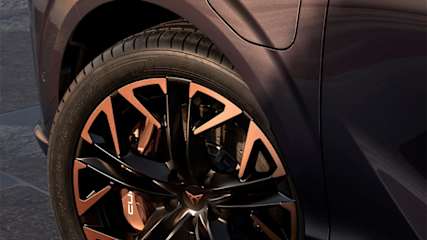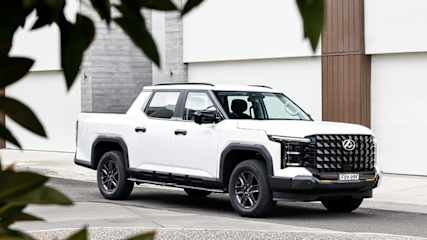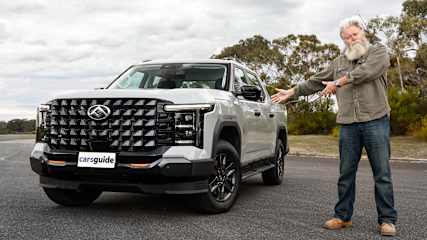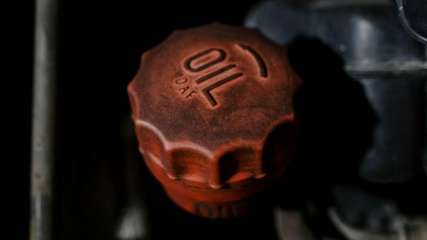How to dispose of used engine oil
By David Morley · 29 Jul 2025
Q: How to dispose of engine oil?A: Changing your car’s engine oil at home is a great way to save a few dollars, develop a little knowledge of how things work as well as establishing a closer relationship with your car. The latter might sound a bit corny, but 'knowing' your car means you’ll get more from it, even if that’s as simple as the dollars you save each time it needs an oil change.Beyond the actual method of changing a car’s engine oil, the big question is what the heck you do with the four or five litres of used oil that is drained from the engine and replaced. Knowing how to dispose of car oil is something you need to figure out before you reach for the jack stands and spanners and dump the old oil into a drain pan.In the days before environmental awareness, this was not such an issue. And while it would make the average Gen-Zer cringe, the conventional wisdom was to pour the used oil along the fence-line of your backyard paling fence.This had three results. It stopped the weeds growing along the fence-line, it stopped the timber palings form rotting or being eaten by termites, and it got rid of the old oil. I’m not making this up.In rural areas, many farmers would change the engine oil in the family car with the old oil finding its way into the tractor or farm truck as a means of giving the used oil a second life. Then it would often find its way along the fence-line. Obviously, in Australia in 2025, this form of engine oil disposal is going to get you in big trouble.These days, of course, our greater respect for the environment means you simply can’t perform such acts of enviro-terrorism and there are some pretty hefty penalties if you were to try it.The same goes for tipping oil down a drain or gully trap. It’s just not a thing any more. Don’t forget, used engine oil can be quite acidic or contaminated in other ways, so it can be a pretty harmful commodity by the time it’s been in your engine for 10,000km. So what is the solution for getting rid of used engine oil?The simple answer is that you have to dispose of the stuff in a way that ensures it can’t find its way into waterways or into the soil, or anywhere else where it could harm flora, fauna or contaminate anything. Fundamentally, that’s pretty limiting (in a good way) but even so, there are choices to be made.Choice number one is to take the car to a workshop where the mechanic will have a bulk waste oil drum that is taken away and recycled back into useable oil. In fact, recycling old engine oil is the best outcome, because it means it gets several more chances at life and, as a finite – and expensive – resource, that’s got to be a good thing.But if you still want to change your own oil at home, you can sometimes talk to your local mechanic who may allow you to dump your oil in his or her bulk drum. Obviously, not every workshop is going to be happy with that arrangement, but if you have a relationship with the workshop and it has a deal where it gets paid for used oil to recycle, you might get the green light. Just don’t abuse the privilege by dumping all your mates’ used oil at the same time.Local councils and waste transfer stations (formerly known as the local tip) will often have recycling programs, too. You need to carefully pour the old oil into a clean plastic container and present that at the tip at the appropriate station where you will be charged a fee per litre (some councils will take it for free) for the waste oil you want to get rid of.Sometimes, you’ll need to pour the oil into a bulk drum by yourself, and you may also be able to leave oily rags at the same place. But check first. The same goes for the used oil filter. This is also contaminated with the same oil (and the metal casing can be recycled, too) and needs to be disposed of professionally, not just placed in a plastic bag and put out on bin night.Aside from your local council, there are commercial oil collection and recycling depots that will take your old oil and recycle it. Some will charge for this service, while others will take the oil for free because it’s a valuable commodity. If you have your phone handy, you can also search for “used engine oil disposal near me”.Don’t forget the auto parts store from which you purchased the new oil for your oil change. Many of these offer a collection service where you simply leave your old oil in clean containers and the shop will take care of it at no cost. But check first, and make sure you follow the rules for collection.As well as the obvious engine oil recycling (to be used again in an engine) your old oil may have a very interesting life beyond the engine in your car.Some used oil is turned into different grades of lubricating oil, some is refined into diesel fuel, while other batches can be used in commercial boilers and even burned to create industrial heating.It’s reckoned that just eight litres of waste engine oil could power the average household for a full 24 hours, so tipping it along a fence is not only environmental vandalism, it’s also super wasteful.







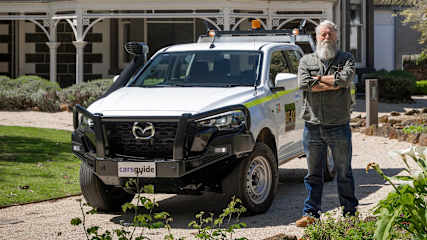
_0.jpg)
.jpg)
.jpg)

